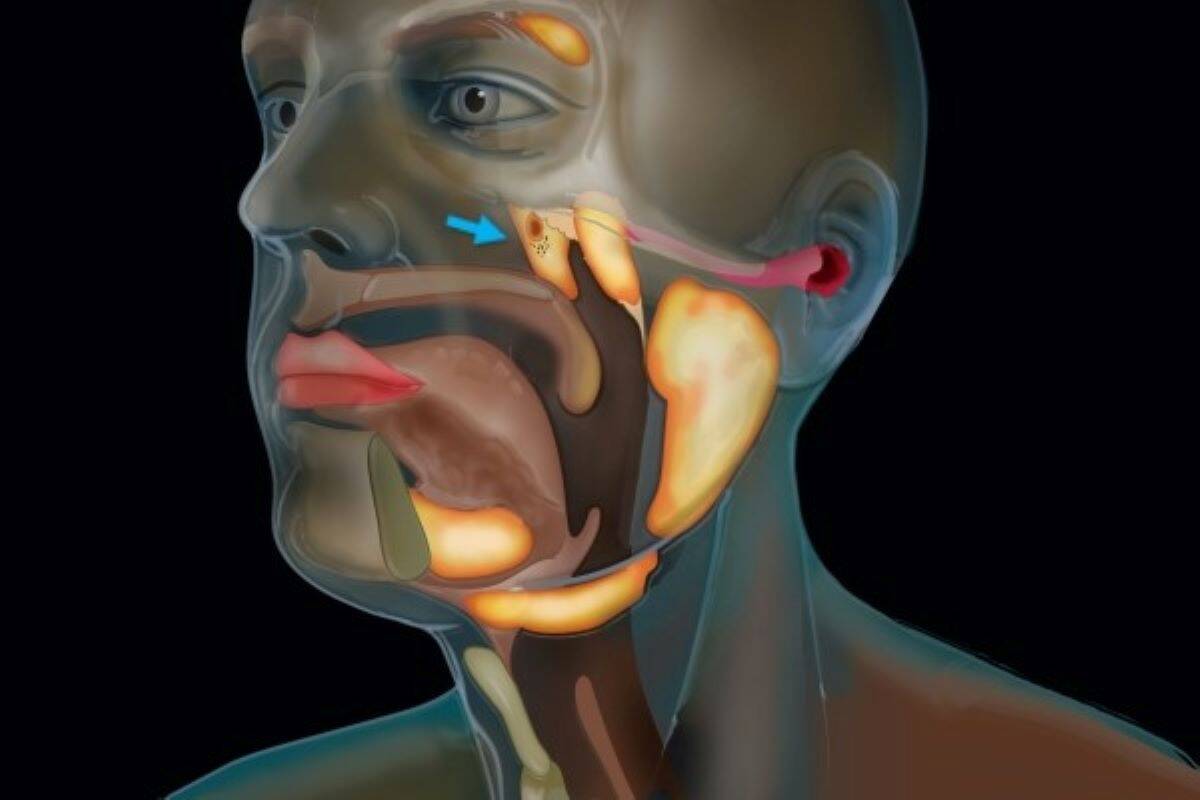Cancer researchers discover new organ in throat: What it is? How it can help in better treatment
The research, accessed by Financial Express Online, has been published in the Radiotherapy and Oncology journal.
New organ: A new location of the salivary glands have been found! Netherlands Cancer Institute’s cancer researchers have recently discovered a new place where the salivary glands are located. According to a statement by the institute, this discovery could help patients suffering from neck and head tumours. With this new information, radiation oncologists would be able to avoid this area during treatment so that it does not lead to any complications. The research, accessed by Financial Express Online, has been published in the Radiotherapy and Oncology journal.
The institute itself has expressed its disbelief that even with technological advancement that allows doctors and scientists to visually see the cells, organs or molecules forming a human body, a new organ has been discovered.
The unexpected discovery
Wouter Vogel, a radiation oncologist, and Matthijs Valstar, an oral and maxillofacial surgeon, spend their time at the Netherlands Cancer Institute studying how radiation can impact the head and neck. While looking at a new type of a scan during their research, they saw that two unexpected regions behind the nasopharynx had been lit up, and these areas looked similar to the already known salivary glands. The scans that they were studying had highlighted these new salivary glands with the help of a marker, indicating that they must be spared during treatment.
The researchers were however stumped because as far as everyone knew, no large salivary glands should have been present at the back of the nasopharynx.
Explaining this, Vogel said that as per the present knowledge, people had three sets of large salivary glands, and not in that location. Moreover, as per what the scientists knew, the salivary glands or mucous glands present in the nasopharynx were supposed to be “microscopically small”. Moreover, as many as 1,000 minor salivary glands are present and distributed across the mucosa.
The two researchers had been studying the scans of 100 people and found that all of them had these glands.
How were they visible now?
Vogel and Valstar had been studying the scans of patients of prostate cancer. The scans had been taken using a new technology called the PSMA PET/CT scan. As reported earlier by Financial Express Online, the use of this medical imaging technique in cases of prostate cancers is being advocated more and more, as it helps clearly mark the affected areas.
This imaging technique clearly lit up these salivary glands, which had not been possible with earlier methods. Valstar said that these two areas had all the other characteristics of salivary glands as well, and it was also confirmed with the help of the study of tissue of two human bodies.
Based on the anatomical location of this prospective fourth pair of large salivary glands, the researchers are proposing to call them tubarial glands.
How can this discovery help cancer patients?
As a side effect of the radiation therapy to treat head and neck cancers, patients can face problems in swallowing, eating or speaking. This was the reason why Vogel and Valstar started researching the side effects.
Now, the researchers have found that radiation of these newly discovered glands can lead to these complications as well, much like the effects that radiation to known salivary glands would cause. The duo studied the radiation treatment data of as many as 723 patients, and concluded that the complications experienced by patients post radiation therapy was more if the radiation impacting these ‘new’ glands was more.
This means that the discovery would be beneficial for radiation therapy patients. Vogel said that just like doctors try to spare the known glands, it should be possible in the cases of most patients to avoid the radiation to these areas as well. Now, the researcher would try to ascertain the best way to avoid these areas, hoping that it would lead to patients having a better quality of life once the treatment is concluded.
Source:Financial Express By: Bulbul Dhawan
Support families fighting financial toxicity of cancer –here
